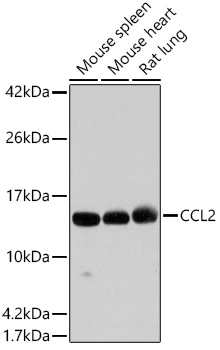
WB analysis of various sample lysates using GTX00641 MCP1 / CCL2 antibody. Dilution : 1:1000 Loading : 25microg per lane
MCP1 / CCL2 antibody
GTX00641
ApplicationsWestern Blot, ImmunoHistoChemistry, ImmunoHistoChemistry Paraffin
Product group Antibodies
ReactivityHuman, Mouse, Rat
TargetCCL2
Overview
- SupplierGeneTex
- Product NameMCP1 / CCL2 antibody
- Delivery Days Customer9
- Application Supplier NoteWB: 1:1000-1:5000. IHC-P: 1:50-1:200. *Optimal dilutions/concentrations should be determined by the researcher.Not tested in other applications.
- ApplicationsWestern Blot, ImmunoHistoChemistry, ImmunoHistoChemistry Paraffin
- CertificationResearch Use Only
- ClonalityPolyclonal
- ConjugateUnconjugated
- Gene ID6347
- Target nameCCL2
- Target descriptionC-C motif chemokine ligand 2
- Target synonymsGDCF-2, HC11, HSMCR30, MCAF, MCP-1, MCP1, SCYA2, SMC-CF, C-C motif chemokine 2, chemokine (C-C motif) ligand 2, monocyte chemoattractant protein-1, monocyte chemotactic and activating factor, monocyte chemotactic protein 1, monocyte secretory protein JE, small inducible cytokine A2 (monocyte chemotactic protein 1, homologous to mouse Sig-je), small inducible cytokine subfamily A (Cys-Cys), member 2, small-inducible cytokine A2
- HostRabbit
- IsotypeIgG
- Protein IDP13500
- Protein NameC-C motif chemokine 2
- Scientific DescriptionThis gene is one of several cytokine genes clustered on the q-arm of chromosome 17. Chemokines are a superfamily of secreted proteins involved in immunoregulatory and inflammatory processes. The superfamily is divided into four subfamilies based on the arrangement of N-terminal cysteine residues of the mature peptide. This chemokine is a member of the CC subfamily which is characterized by two adjacent cysteine residues. This cytokine displays chemotactic activity for monocytes and basophils but not for neutrophils or eosinophils. It has been implicated in the pathogenesis of diseases characterized by monocytic infiltrates, like psoriasis, rheumatoid arthritis and atherosclerosis. It binds to chemokine receptors CCR2 and CCR4. [provided by RefSeq, Jul 2013]
- ReactivityHuman, Mouse, Rat
- Storage Instruction-20°C or -80°C,2°C to 8°C
- UNSPSC12352203


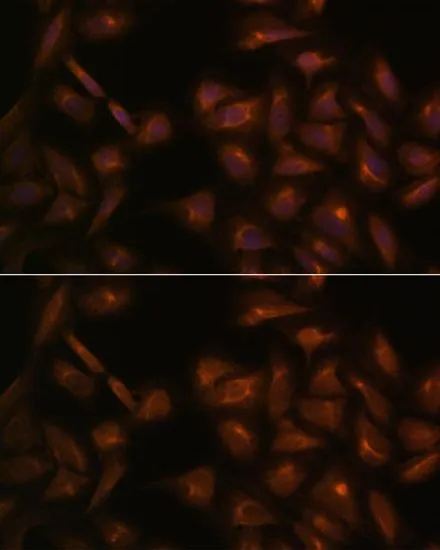
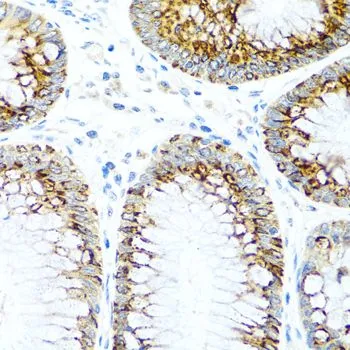
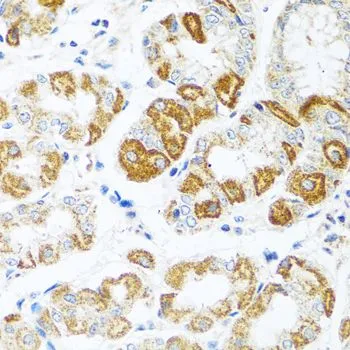
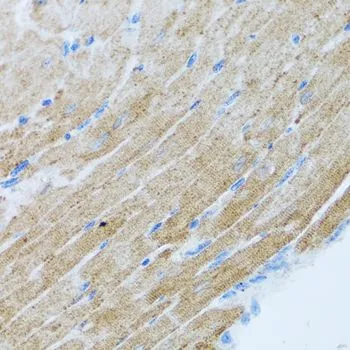


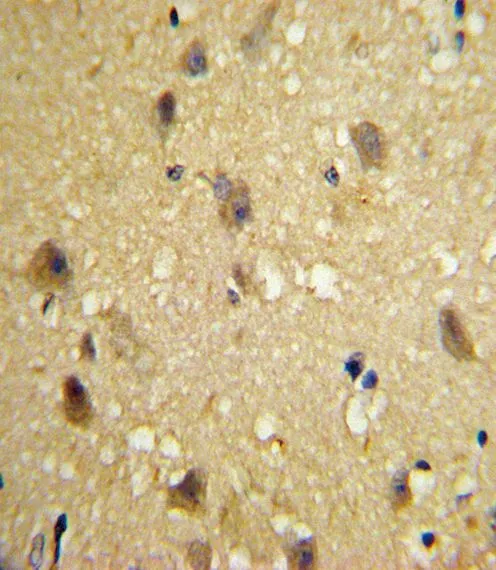
![WB analysis of truncated MCP-1 recombinant protein using GTX83238 MCP1 / CCL2 antibody [1A7B8].](https://www.genetex.com/upload/website/prouct_img/normal/GTX83238/GTX83238_20170912_WB_w_23061322_173.webp)
![WB analysis of tissue extracts (30 microg lysate) of Mouse Pancreas (Lane 1), Spleen (Lane 2), Lung (Lane 3) and Cerebellum (Lane 4) using GTX15784 MCP1 / CCL2 antibody [E10051]. Dilution : 1-2 microg/ml](https://www.genetex.com/upload/website/prouct_img/normal/GTX15784/GTX15784_1536_WB_w_23060620_978.webp)